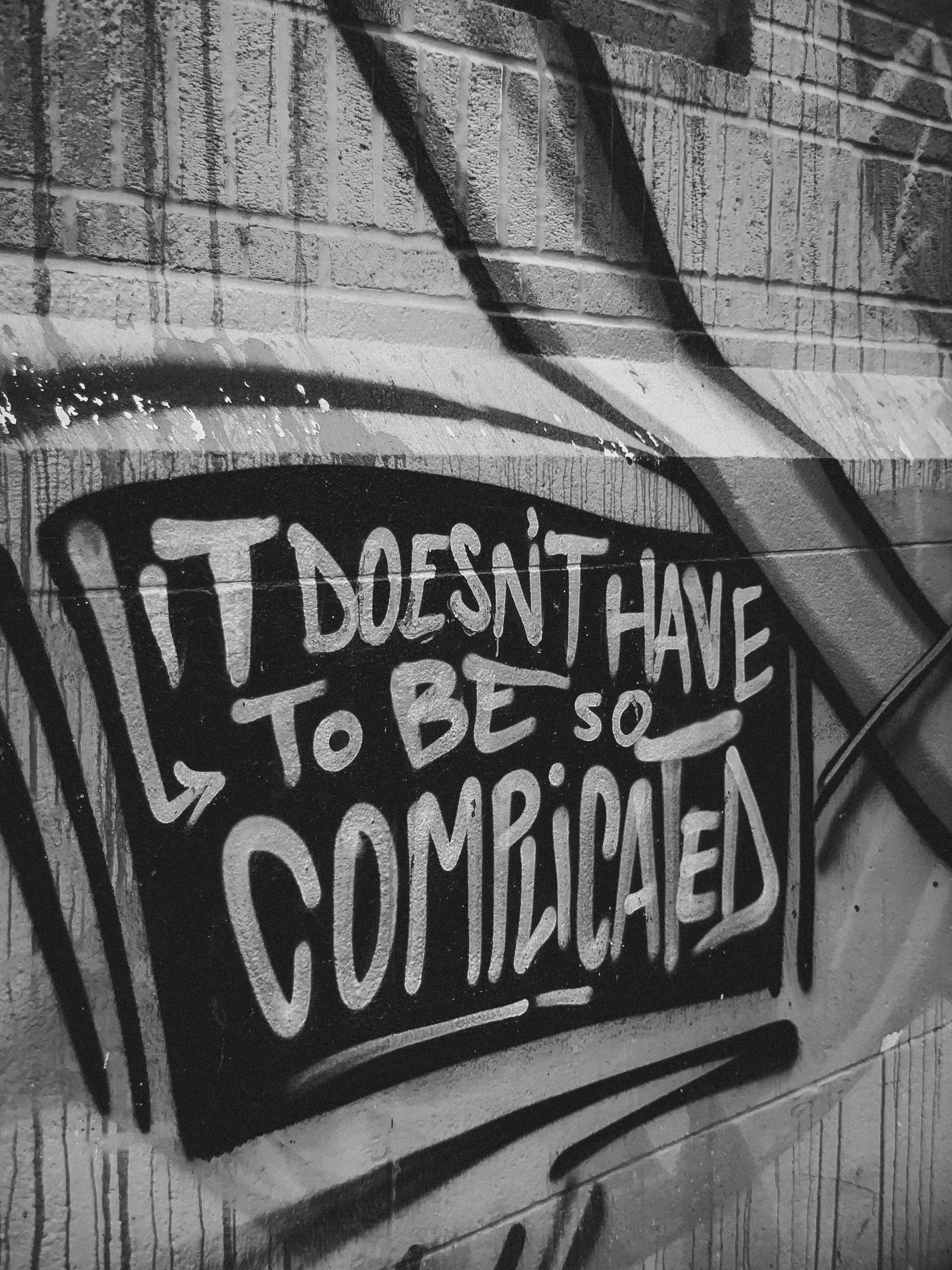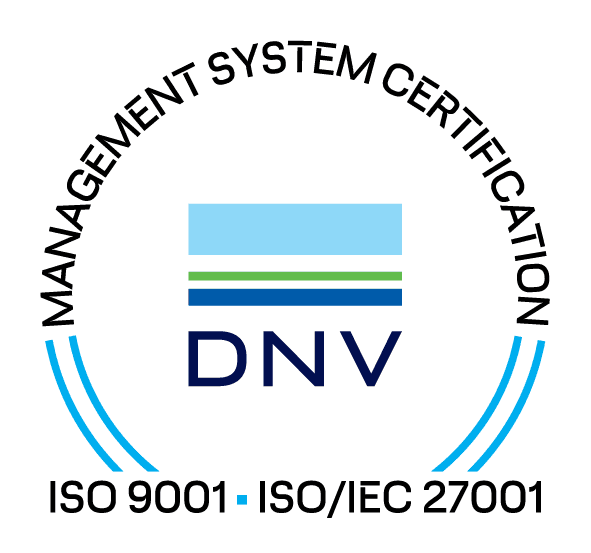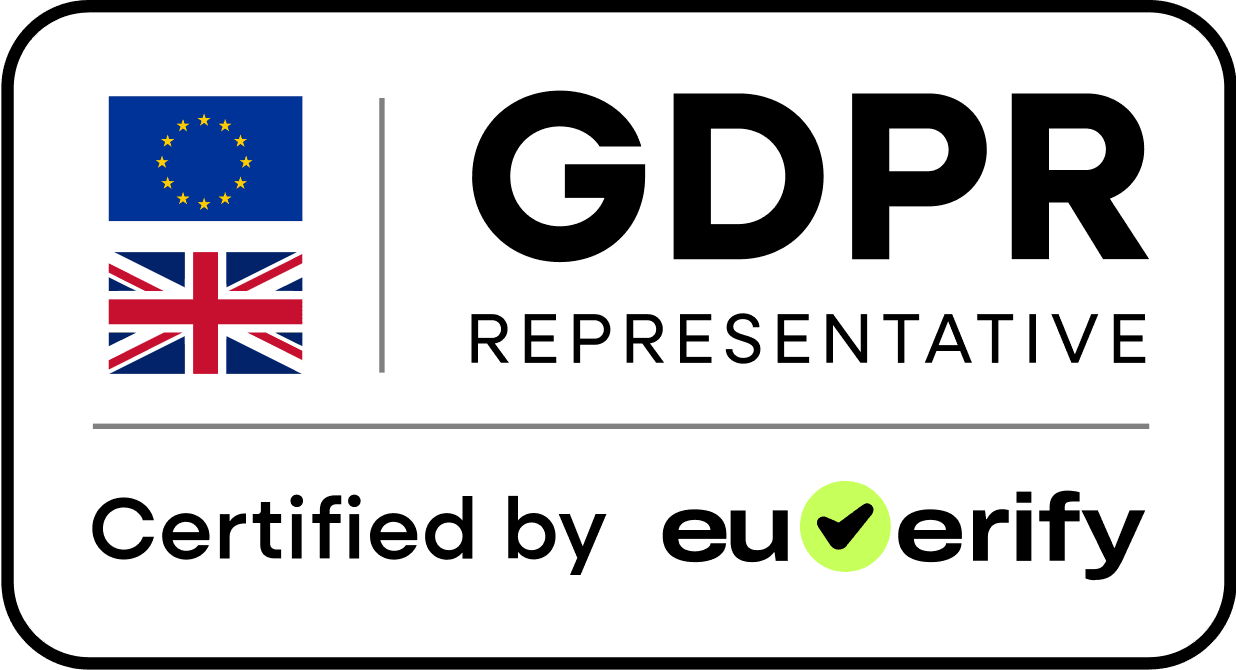GRC stands for Governance, Risk, and Compliance — the three foundations of an organisation's accountability, resilience, and trust.

GRC combines the systems and behaviours that help organisations:
Making ethical, informed, and strategic decisions.
Identifying and mitigating threats to objectives.
Meeting obligations, standards, and laws.
In short: GRC means doing the right things, the right way, with proof.
The term GRC emerged in the early 2000s when governance, risk, and compliance were often handled separately — leading to inefficiencies, silos, and duplication.
By bringing them together, organisations gained:
Better visibility across departments
Fewer surprises and faster risk responses
Stronger audit evidence and accountability
Today, frameworks like ISO 27001, SOC 2, and ISO 9001 are built on GRC principles.
The structures and decision-making processes that define how your organisation is directed and controlled.
Example:
Policies, leadership accountability, management reviews.
The process of identifying, assessing, and managing uncertainty.
Example:
Maintaining a risk register, risk appetite, treatment plans.
The controls and evidence that ensure obligations and standards are met.
Example:
ISO clauses, legal registers, audits, corrective actions.
A modern GRC system turns these principles into connected workflows:
Policies linked to risks and evidence
Actions that close compliance gaps
Dashboards that show real-time status
Templates, registers, and built-in audit trails
CertCrowd helps you achieve this with templates, registers, and built-in audit trails.
It clarifies who is responsible for what
It prevents compliance from being reactive
It turns risk into a strategic advantage
It proves governance to stakeholders and auditors
In short: Understanding GRC means you can manage better, adapt faster, and prove compliance when it counts.
From planning to execution, GRC principles guide every aspect of organizational excellence

Demonstrate accountability to customers, investors, and regulators through transparent governance and documented compliance. Build trust with evidence-based assurance.

Modern compliance isn't simple—multi-framework requirements, evolving regulations, and interconnected risks demand a systematic approach that GRC provides.
Unify your policies, risks, and evidence with CertCrowd.




